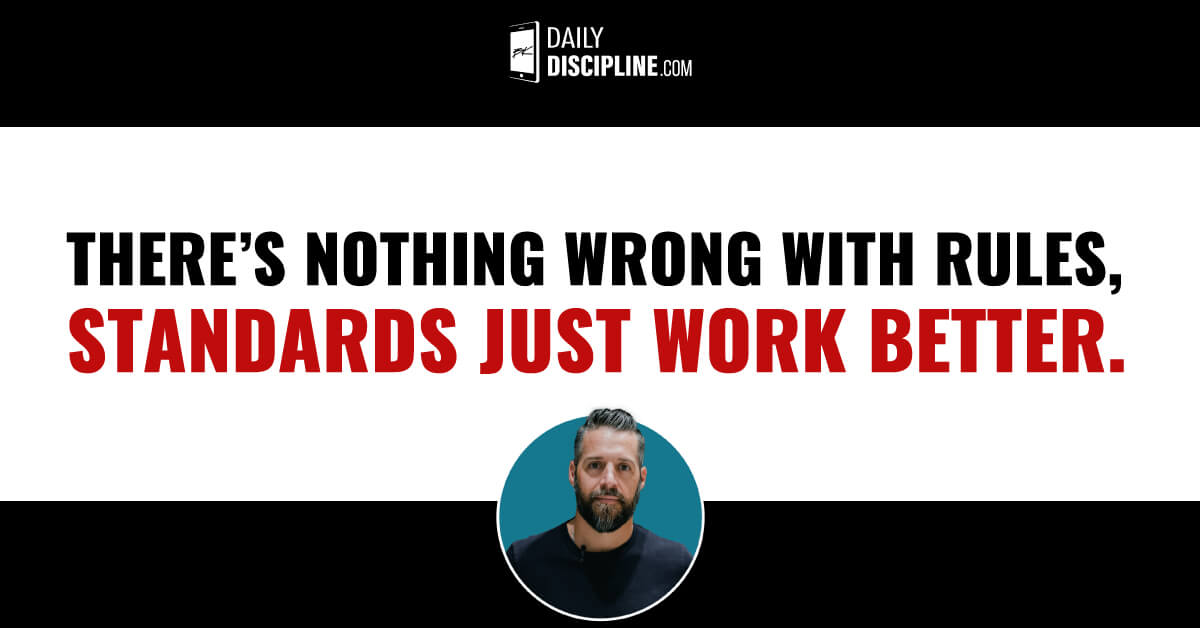My kids love the movie Home Alone. They watch it on repeat every Christmas season. I've seen it countless times as well, but last December I noticed something in an early scene.
The family sleeps through their alarm, and everyone scrambles out of the house to get to the airport. As Peter McCallister and Uncle Frank walk out the door, Frank says, "We're never going to make this flight. It leaves in 45 minutes."
Peter laughs and says, "Oh, come on, Frank. Think positive."
To which Frank snaps back, "You be positive. I'll be realistic."
The line is funny, but this time the content of the line stood out to me: "You be positive. I'll be realistic." Frank is saying what people tend to believe, consciously or unconsciously:
- The more positive someone is, the less realistic they are.
- The more realistic someone is, the less positive they are.
Said another way:
- Higher optimism means lower realism.
- Higher realism means lower optimism.
Why do people believe this? Because they think of being positive and being realistic as a trade-off instead of as independent qualities. They perceive them as having an inverse relationship. For one to go up, the other must go down. If one gets stronger, the other gets weaker.
While people often treat them that way, optimism and realism do not have an inverse relationship. They exist and operate independently from one another. It's not until you perceive them as inverse that you treat them as inverse and force yourself into acting that way.
You can be 100% realistic and 100% positive at the same time. Do not let optimism disconnect you from realism. Do not let realism disconnect you from optimism. Discipline yourself to raise your optimism without lowering your realism, and raise your realism without lowering your optimism.
Help others do the same.
Event + Response = Outcome. Do the work.
-3.jpg)

Share your thoughts